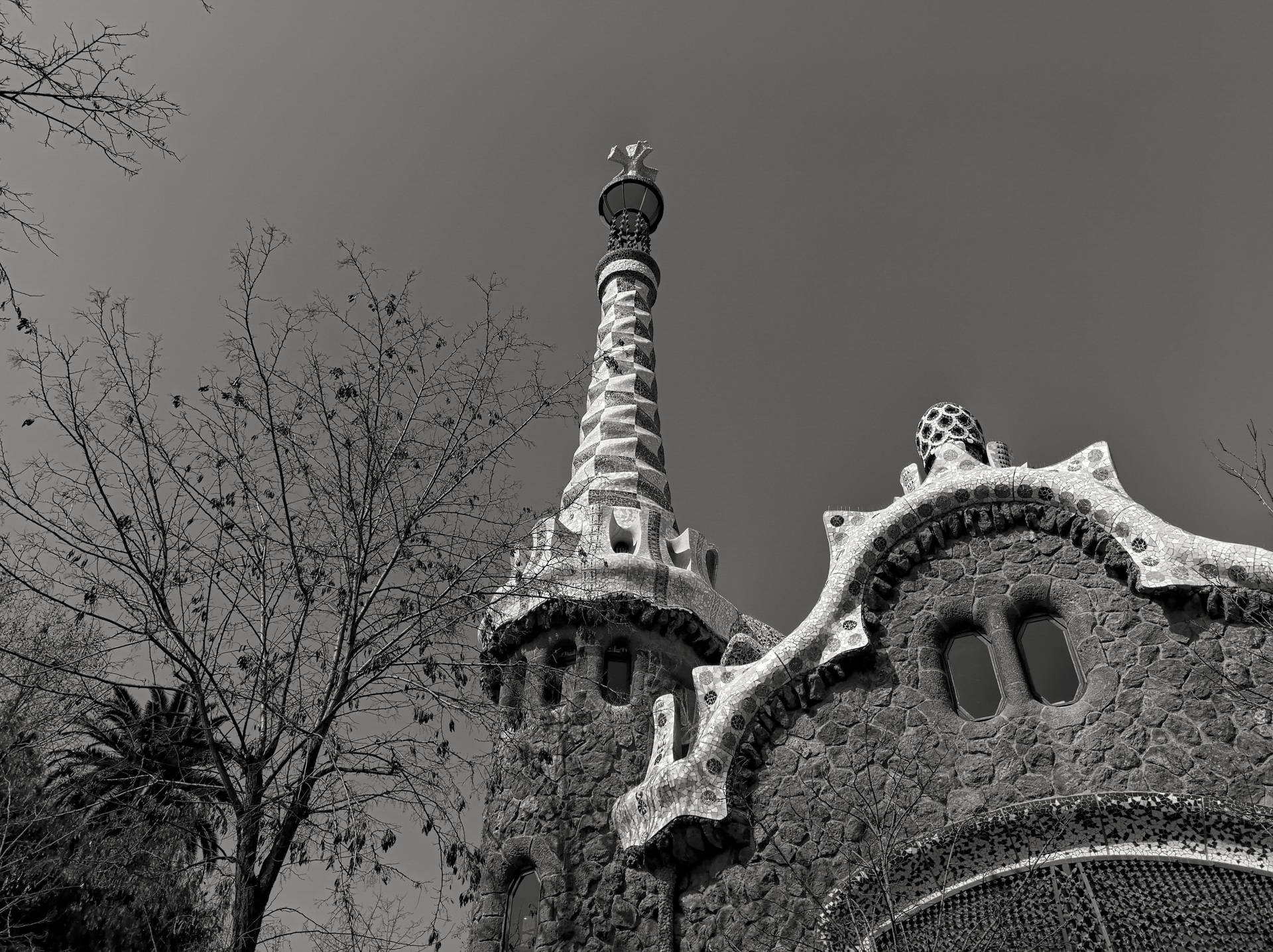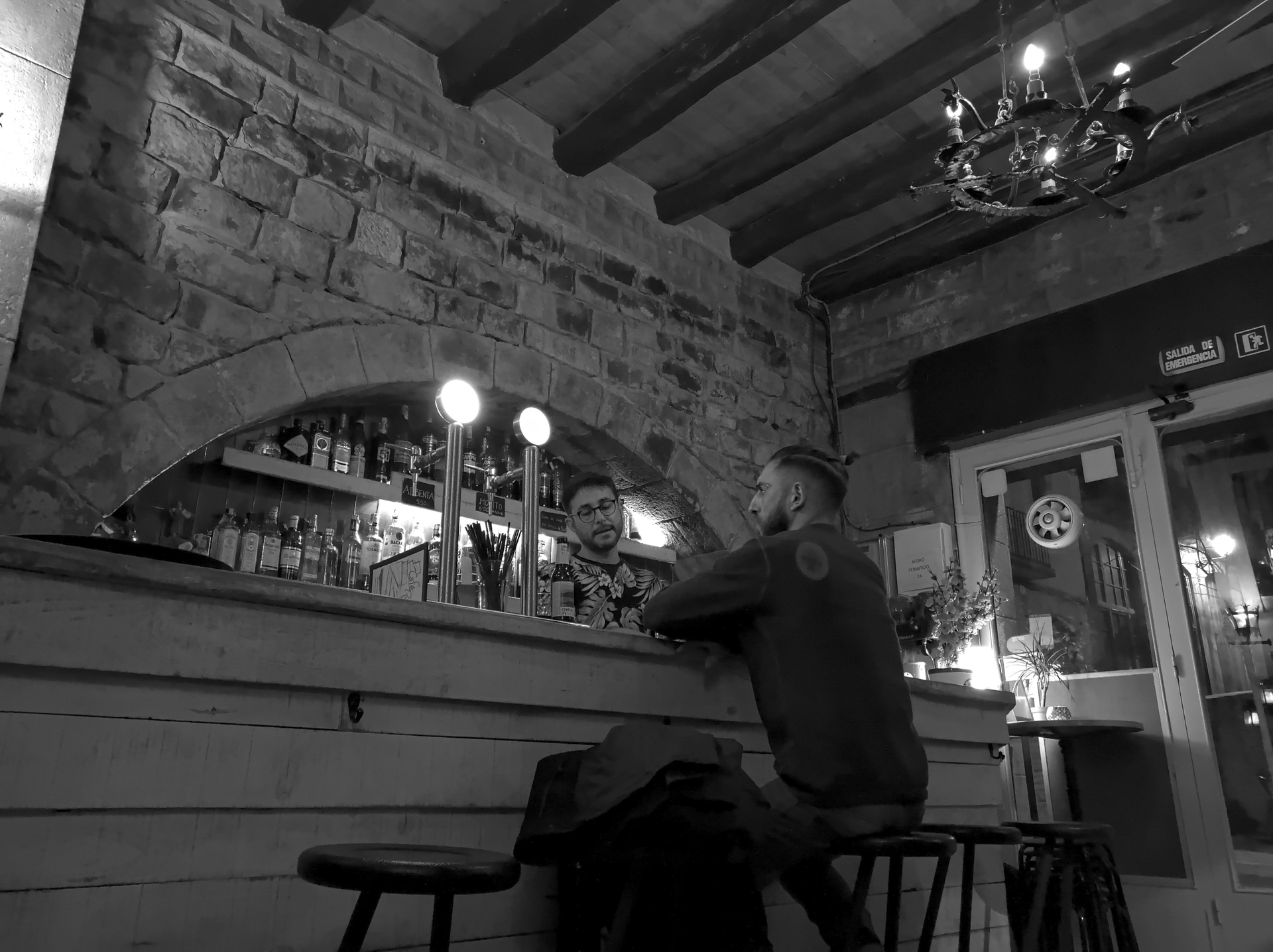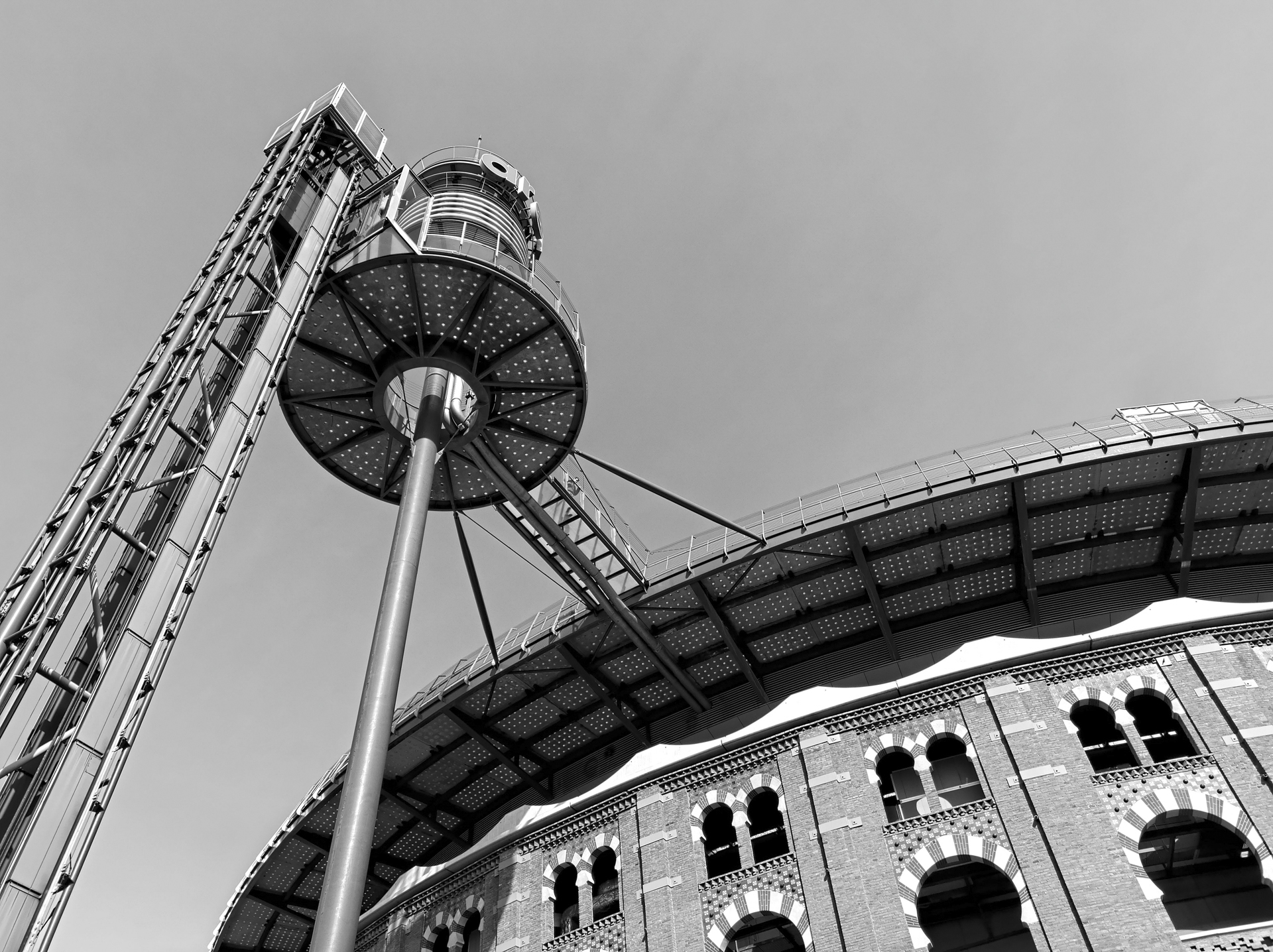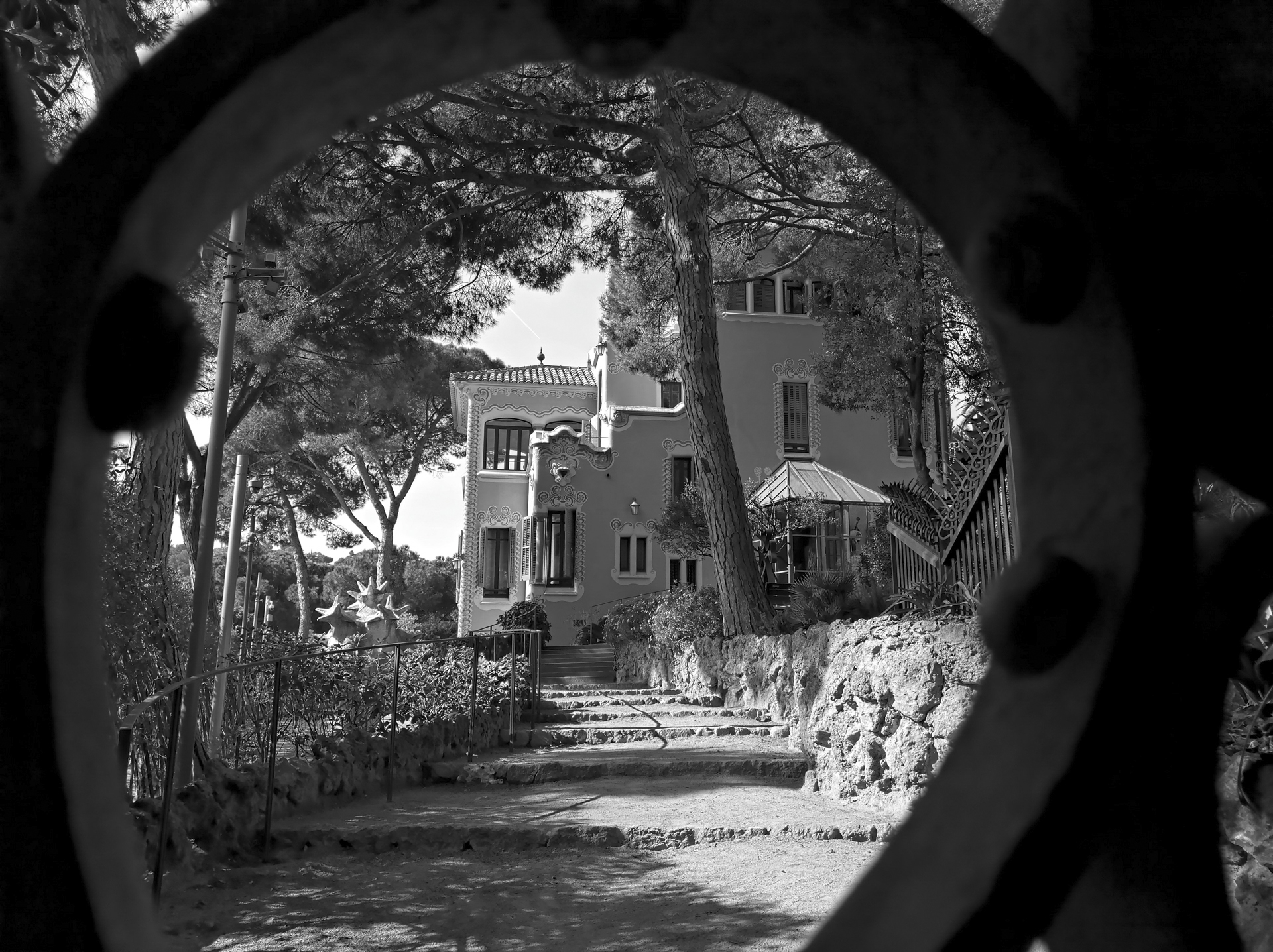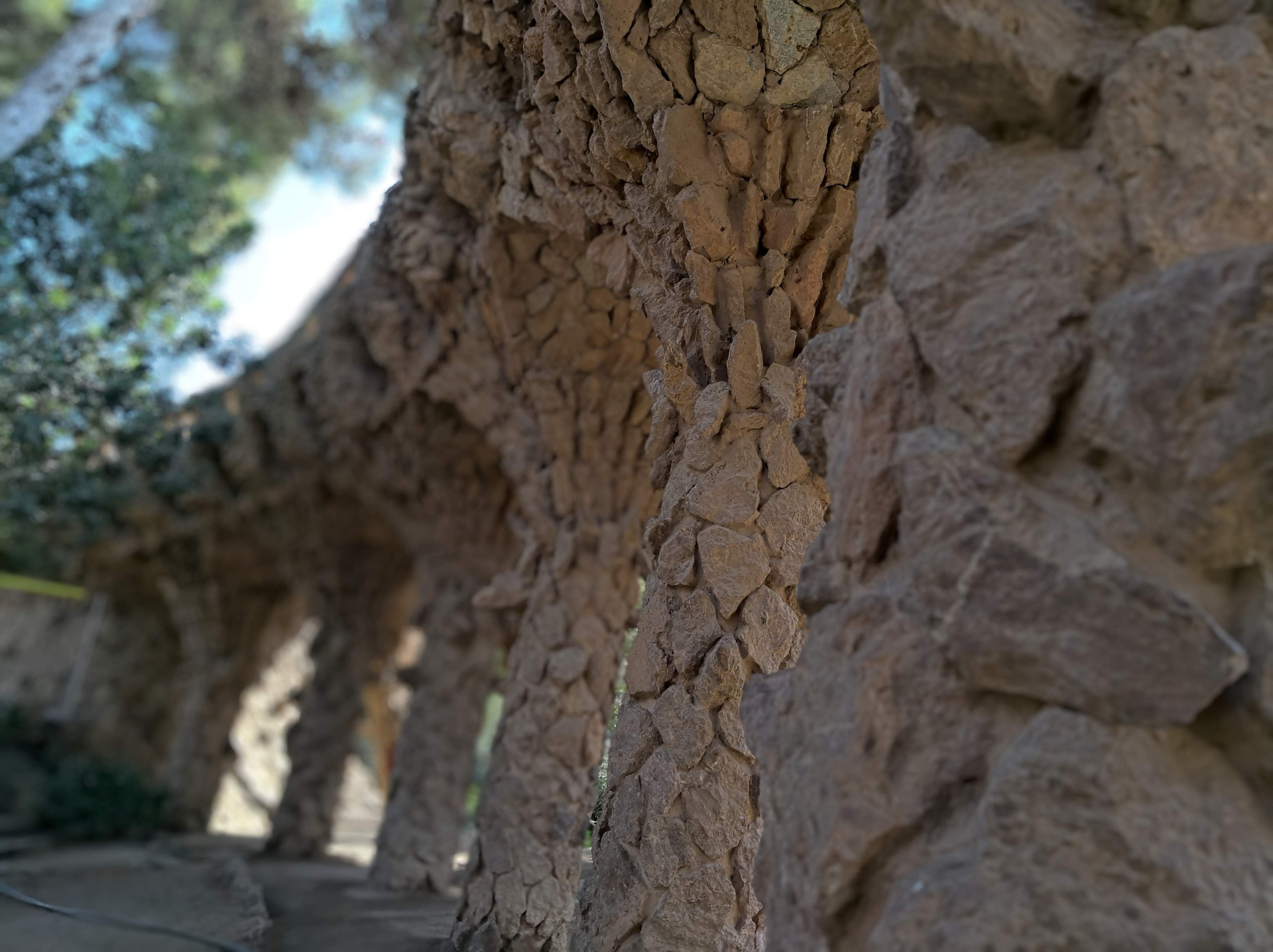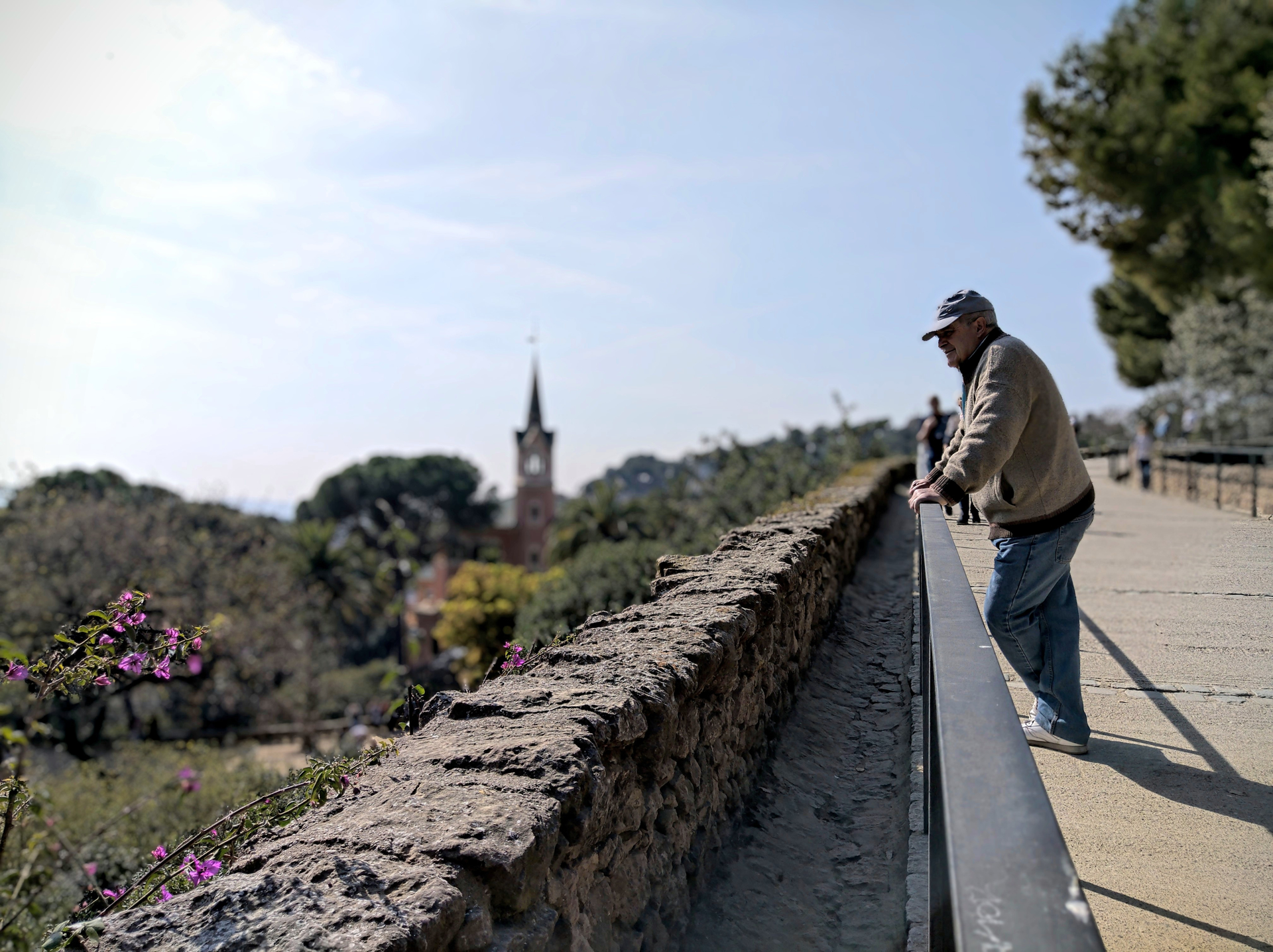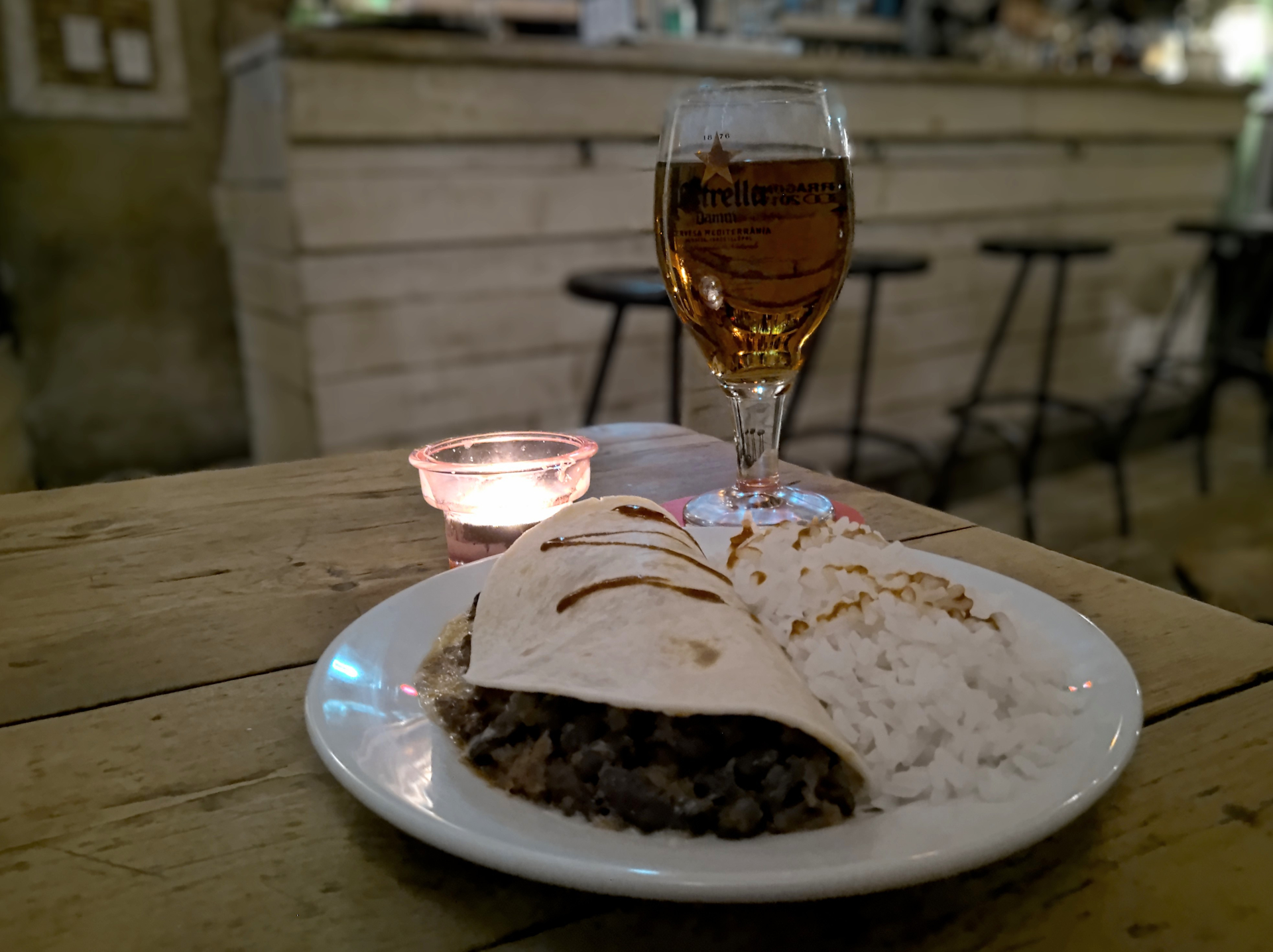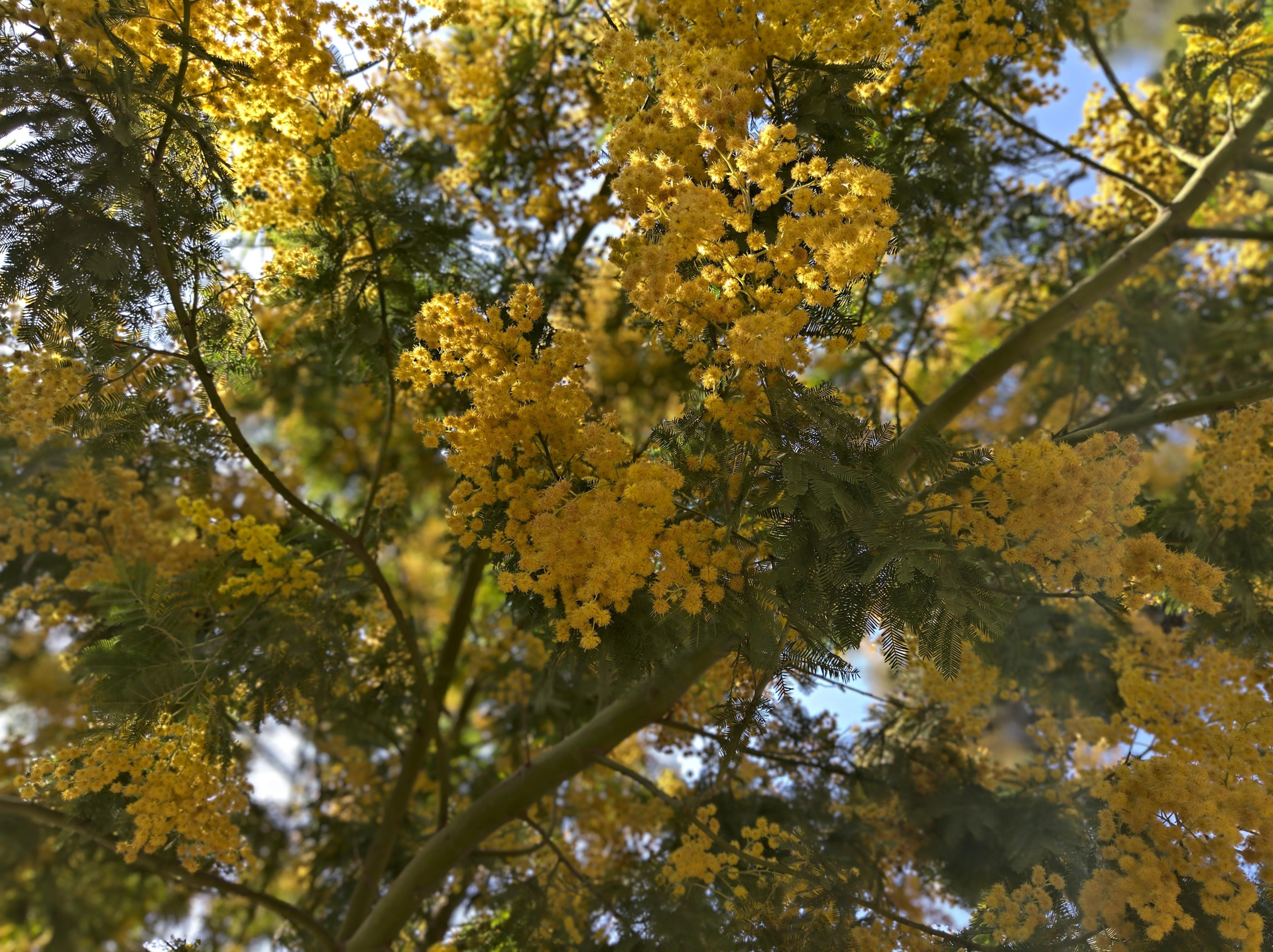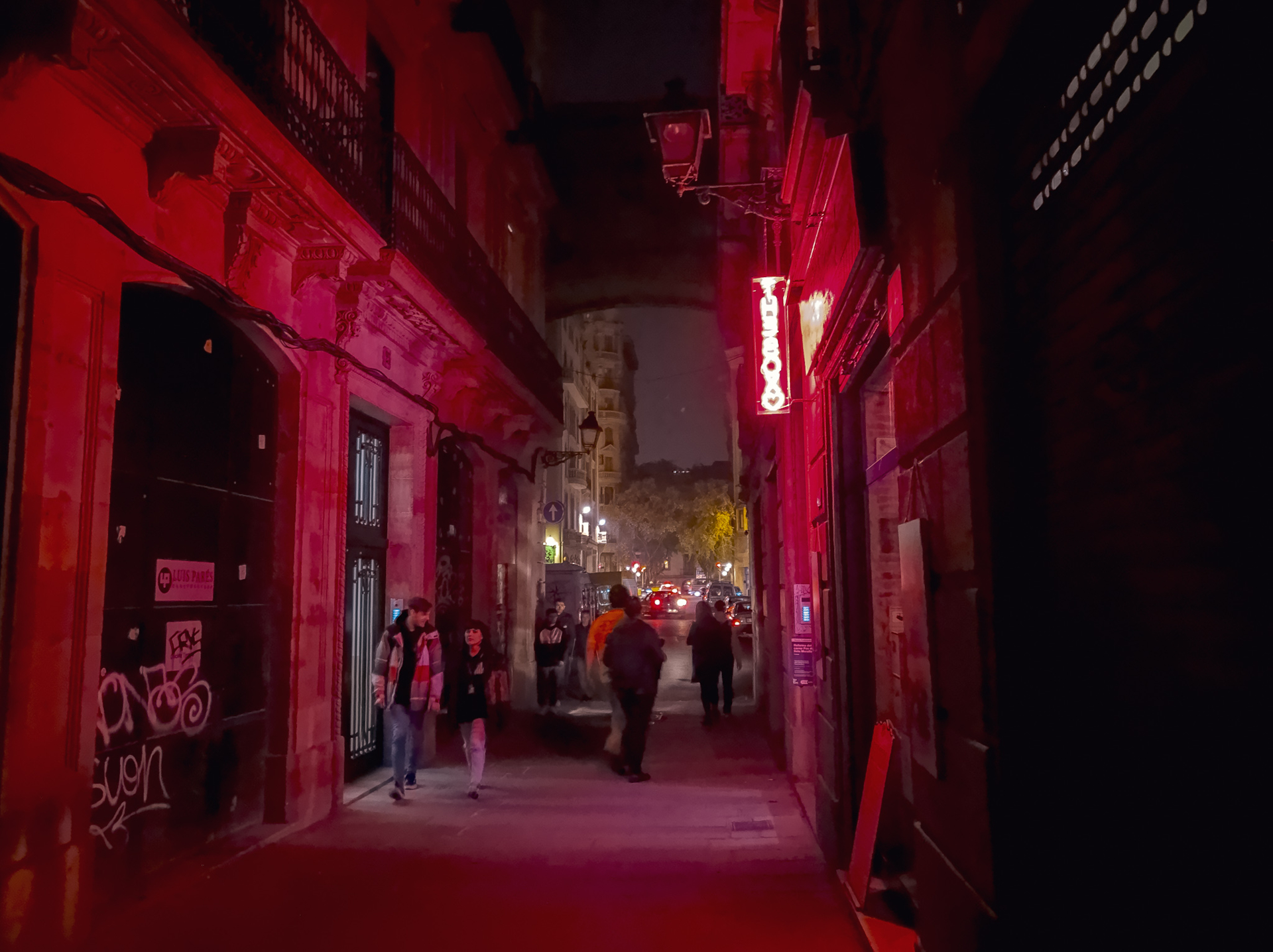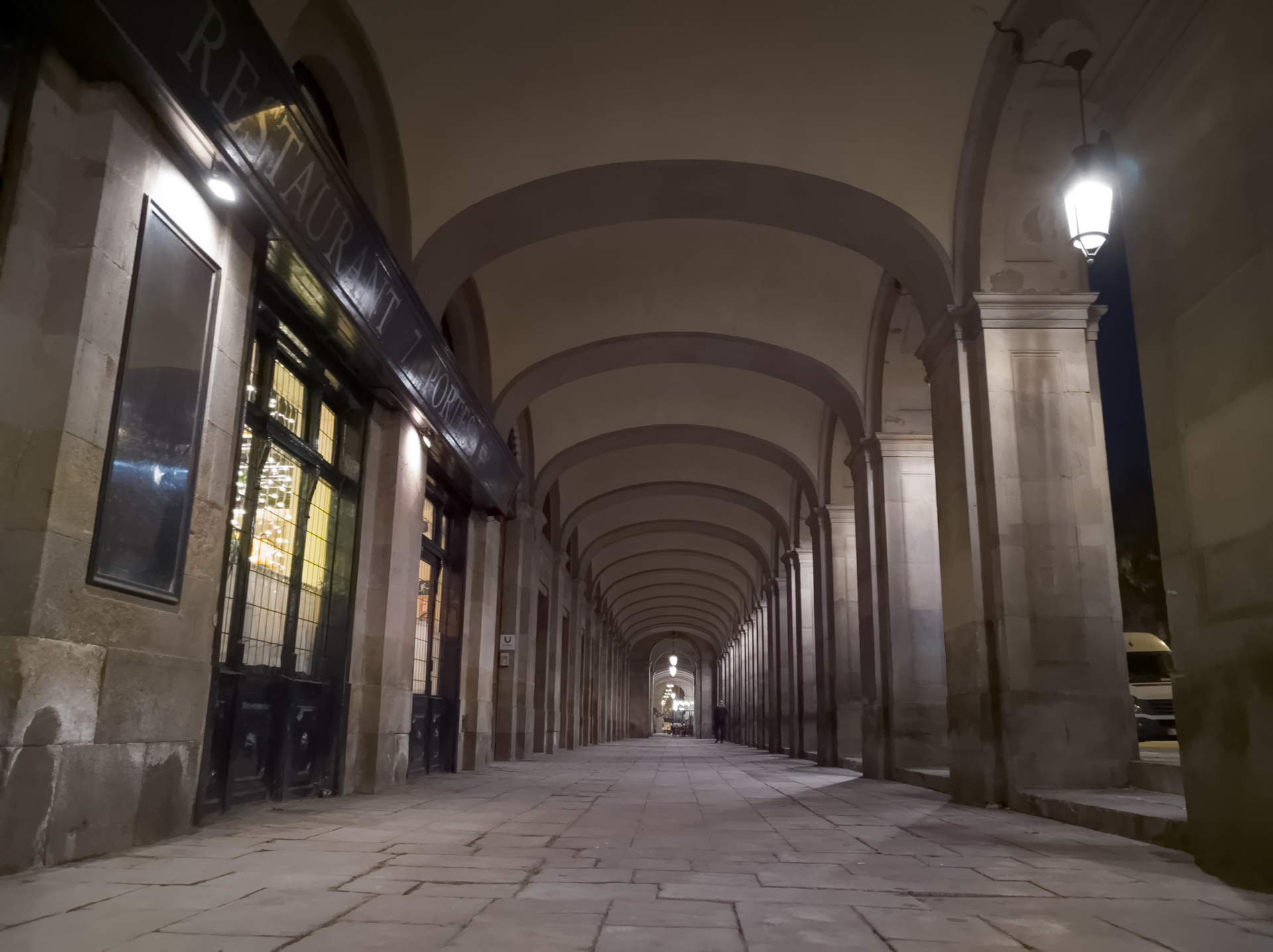
The Nokia 9 PureView‘s five-camera array has everyone intrigued. It was announced at Mobile World Congress 2019 — a show where we were able to hold a phenomenally-engineered foldable phone — and it still managed to turn heads with its multi-camera system. But the cameras aren’t just laid out in a unique way. They function differently from other phones with multiple cameras, and its capabilities are exciting for the world of photography.
What’s it like? I spent a week with the Nokia 9 PureView, strolling around Barcelona to test the camera in the real world. Here’s what happened.
How it works
I’ve explained how the five-camera system — powered by technology from Light — works before, but here’s a recap. Unlike most smartphones with multiple cameras, each camera on the back of the Nokia 9 snaps a photo at the same time you tap the shutter button (sometimes more, depending on the conditions you’re in).
Two cameras are 12-megapixel RGB sensors, while the other three are 12-megapixel monochromatic sensors, as they can take in 2.9x more light than the RGB ones (all with a f/1.8 aperture). In total, you’re getting about 10x more light than a traditional smartphone camera. These photos are snapped at the same time and then fused together to produce one image that’s (hopefully) perfect. The fusion process takes up to 30 seconds and, occasionally, even longer than that.

The other key feature is the option to save a RAW image along with the JPEG, which is compressed. Editing a RAW image gives you much more control over what you can change in a photo, as it retains the full information captured, whereas there’s information lost when photos are converted to JPEG. You can install Adobe Lightroom in the phone’s setup to share your RAW photos and edit them all on the phone.
The five cameras also capture 1,200 layers of depth, which means you can change the blur intensity or refocus an image after you’ve captured it. That’s done in Google Photos, which is the default gallery app on the phone.
Now, onto the photos!
Note: I took these photos by simply tapping on a focus point, and then tapping on the shutter button as most people would. It’s why most of the photos below are JPEG, as that’s likely what a lot of people will use. However, we have galleries at the bottom with edited RAW photos, along with plenty of examples of Monochrome mode, and examples of what playing with Depth Control can accomplish.
Columns at noon

We’re starting at Parc Guell in Barcelona with a few stone columns. It’s afternoon, and the sun is shining brightly. The Nokia 9’s photo is perfectly exposed. There’s no area that’s too dark, yet also nothing too bright. The detail on the rocks is strong, and the sky maintains a realistic blue hue. It’s a strong start.
Looming sun

This was a tricky daytime photo. It was very hazy, and the sun was looming just over to the top left of the photo. In the preview it looked as though the image would be underexposed in several areas. However, after the processing took place, we were surprised to see a well-balanced image. You can still see some details on the Museu Nacional d’Art de Catalunya in the distance. What I like most about this photo is the natural reproduction of color. It may appear muted, but that’s what it looked like in real life. The cameras also impressively captured the blue sky, and there’s strong detail in objects when you zoom in.
Bright arena

Here’s a simple photo of the Arenas de Barcelona. It’s a beautiful day, with the sun shining brightly on the building. The colors are strong here. Zoom in, and you’ll find the details are good, as well.
Zooming on Gaudí

I usually wouldn’t pay much attention to digital zoom on
Portrait at last light

The Nokia 9’s portrait mode is called Live Bokeh, where it adds a blur effect around a subject. The cameras accurately outlined my colleague, Andy Boxall, including his glasses — a tough trick. Most smartphones in this mode struggle with glasses, messing up the outline. While the Nokia 9 didn’t know what to do with the right-side lens, the outline is razor sharp. The bokeh effect falls off beautifully and colors look vibrant.
Flower portrait
Live Bokeh doesn’t just work on humans. Here’s a shot of flowers, which can be difficult, as the object is complex and varied. Yet it’s no problem for the Nokia 9. The blur effect surrounds the flowers correctly, tapering off towards the very edges, and the bokeh effect looks great.
This was taken in the afternoon, so the sun was high, and the overall photo is just a tad too warm. That slightly alters the color of the petals, which were pure white, instead of the warmer white you see here. Zoom in, however, and you’ll see impeccable detail.
Selfies in the day
How about the selfie camera? It’s a 20-megapixel lens, so it should deliver strong details, and it does a solid job here. It’s not as detailed as a selfie from the Pixel 3, but I’m quite happy with it. It does blow out the sunlight at the back, which also looks a bit hazy, but my clothing looks realistic and color-accurate.
- 1. Portrait Mode
- 2. Standard Mode
You can also snap Live Bokeh selfies, but the effect isn’t as strong as it was with the rear cameras. There’s a halo-like effect around me, with the edges of my clothes blurring out, and my hair is blurred at the top. It doesn’t look as nice as what you see from the rear cameras, and the sunlight blows out the background.
Gothic Quarter at night

This was shot in the Gothic Quarter of Barcelona at night, and the photo looks sharp at a glance — but zoom in on the walls before the Lalemana sign and you’ll see they look a bit patchy. There’s some detail lost here. Still, it’s a solid photo with nice colors that aren’t too warm.
Dinner at Cafe Babel

I stopped by a dimly-lit restaurant for a quick bite to eat, which is what you see above. Again, the loss of detail is obvious. The individual grains of rice are blending together. Still, I like the photo because the beer glass is sharp, and the image captures the right colors and ambiance of the cafe. The photograph makes me feel cozy, which is precisely how I felt when I was there.
Barcelona Cathedral

La Sagrada Familia is beautiful, but the Barcelona Cathedral holds a special place in my heart, as it’s the first building I explored on my first trip to Barcelona back in 2016. The Nokia 9 PureView has captured it well. The image isn’t the sharpest when you zoom in on the arches, and the fences are a bit blotchy. However, it’s quite accurate to what it looked like in reality, and the photograph is well exposed.
Selfies in the dark
This is a solid selfie, taken at night, but it’s one I wouldn’t share. My face isn’t sharp. The lights in the background are overexposed too, which ruins the tone of the Gothic Quarter. The lights were not that bright. Still, I’m happy to say that color accuracy is on point.
- 1. Portrait Mode
- 2. Standard Mode
The Live Bokeh selfie is similar to the last photo, only worse. Yes, there’s a blur effect added behind me, but the image is too grainy to be usable.
Zooming at night

Here’s a similar shot as a night photo from before, except I’ve used the 2x digital zoom function, as well as Monochrome mode. This is a photo I’d share. The image is pixelated if you look closely, but it’s just so darn beautiful to look at this scene — especially in black and white. There’s enough detail to make it work.
10-second exposure

The Nokia 9 PureView also comes with a Pro mode, where you can change the shutter speed, ISO, white balance, and more. Pro mode isn’t new in Nokia phones from HMD Global, but the Nokia 9 does have a new feature: a 10-second long exposure.
You’ll need to set the phone on a tripod (which I did) as the phone will keep its shutter open for 10 full seconds, bringing in as much light as possible. The result? Fantastic details on the Barcelona Cathedral. If you compare this with the earlier picture of the building, you’ll notice far more detail. You can even zoom into the stain-glass windows and see the intricate artwork. It’s impressive. The archway is overexposed, as it was brightly lit in real life, but that could be compensated for with editing.
Monochrome gallery
Monochrome filters are nice, but there’s no beating a true black and white camera. It’s a mode that encourages me to be more creative as I snap photographs, and I found myself using it quite often at night, because monochrome images often look better than color in low light.
I found the mode fun to use — which we’ve highlighted before in phones like the P20 Pro — and it definitely enriches the experience of using the Nokia 9’s camera. I was disappointed to learn that the monochrome mode does not capture a depth map you can adjust later, however. Why?
Depth gallery
Because it’s my favorite feature.
Being able to increase or decrease blur in the background or foreground, while also choosing a point of focus from the standard JPEG photos (it doesn’t work on RAW files), is countless hours of fun. It’s easy to do in Google Photos as well, and can improve the look of photographs drastically. You might mistake the resulting photo for something taken with a DSLR.
You can blur as with Live Bokeh photos, but using the depth map in standard photos looks more natural. It’s outstanding how well the blur effect is added around the point of focus, though I’ve found the foreground blur tool a bit fussy if you go beyond 50 percent. Still, I adore this feature. It’s both useful and a joy to play with.
RAW edited gallery
An important feature of the Nokia 9 PureView is the opportunity to snap RAW files that you can edit in Adobe Lightroom. You need to turn this on manually in the camera settings, but it’s one of the phone’s selling points, as editing the RAW files feels different than editing RAW files from a Pixel 3 or an iPhone XS. There’s way more information captured by the five cameras, so you have more to work with.
- 1. Unedited
- 2. Edited
You can see what you can change in the two images above. It’s not my best edit, as the edited RAW image looks a tad flat, but I was able to brighten the image up a good deal. I prefer the sun on the edited RAW, as it’s not as overblown as the unedited JPEG image.
This feature won’t be for everyone, as it does have a learning curve if you’re new to photography. There’s no built in training system in the phone, which is a shame. However, the Lightroom app does have a tutorial, and it’s quite simple to use.
Conclusion
I’ll be writing up a camera comparison soon putting the Nokia 9 PureView against its peers. At the moment, I do not think it’s the best
The Nokia 9 doesn’t just give you what you want — it gives you the tools to take control over your photographs. I think it can help you become a better photographer, if you’re willing and put the time and effort to master its features.






